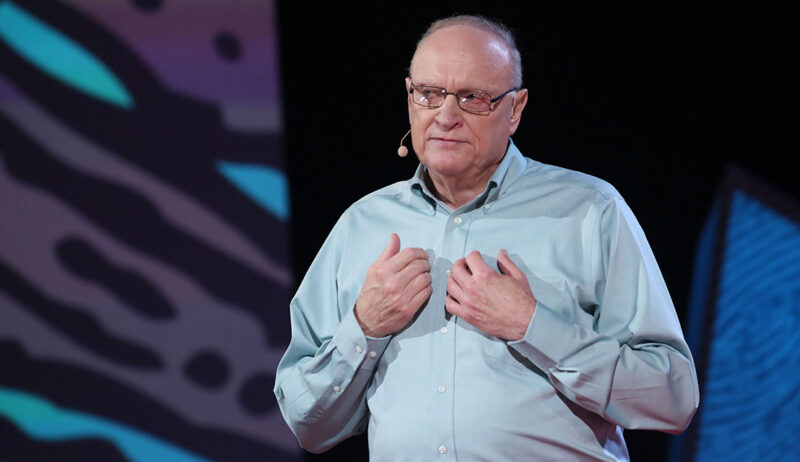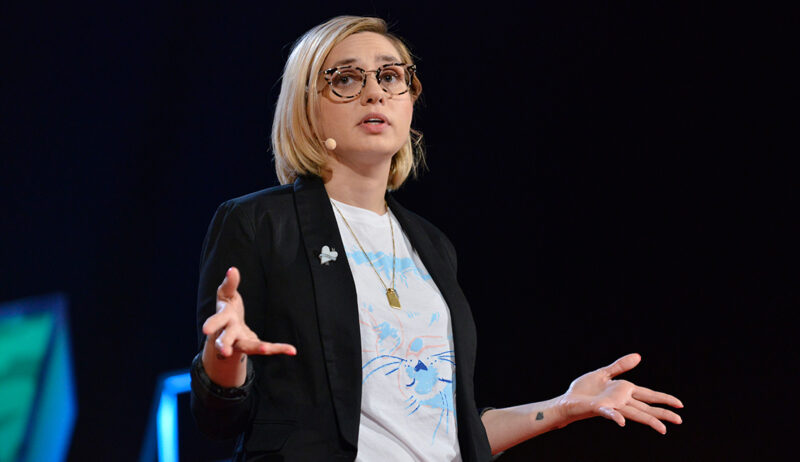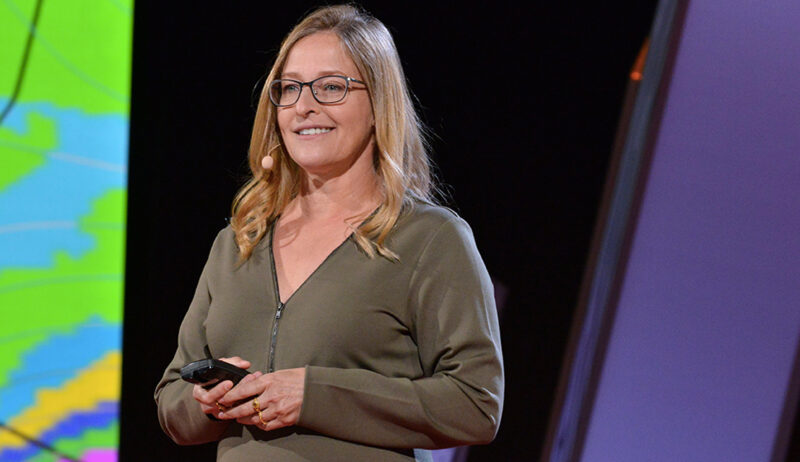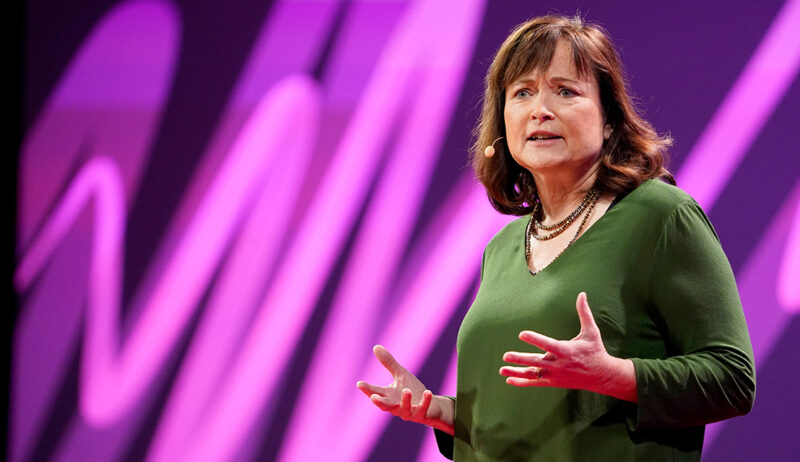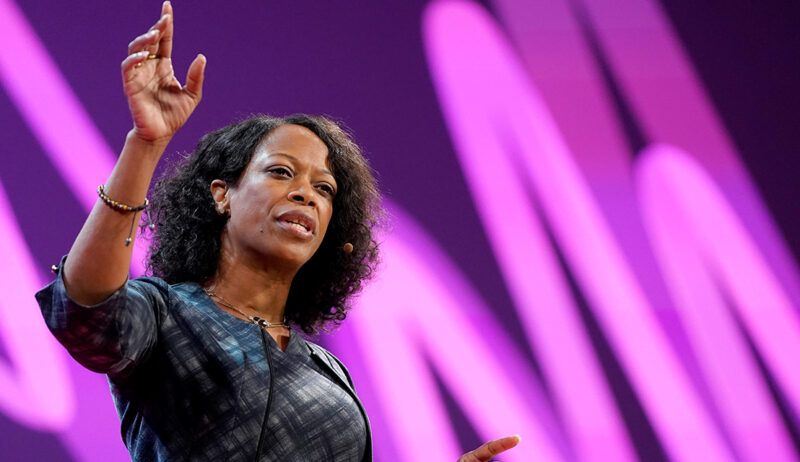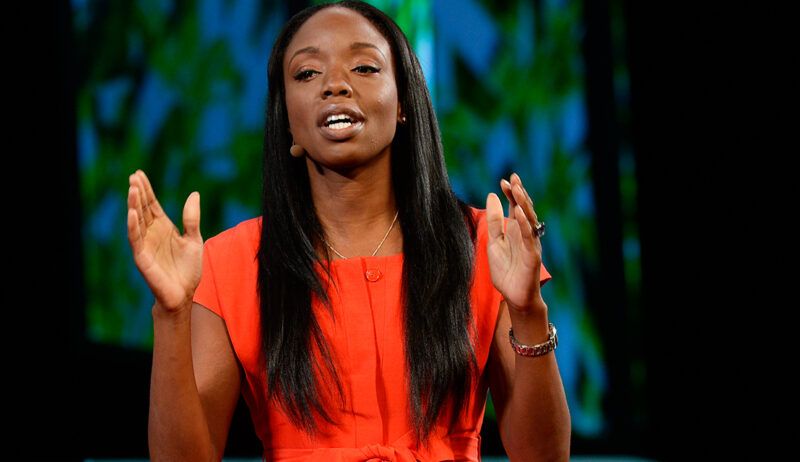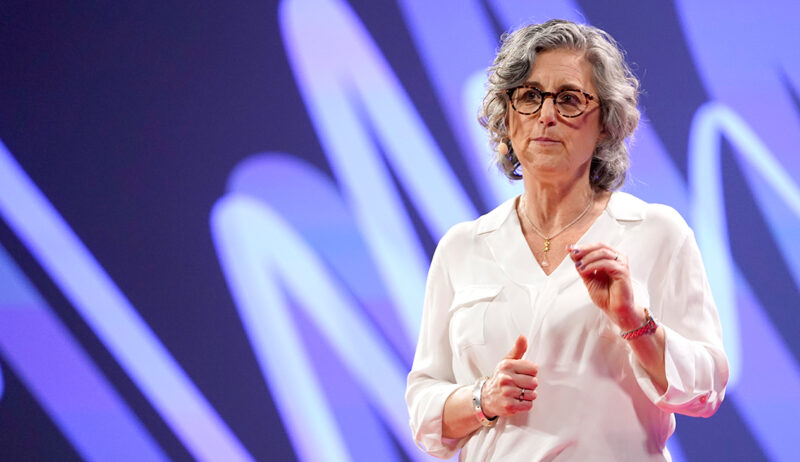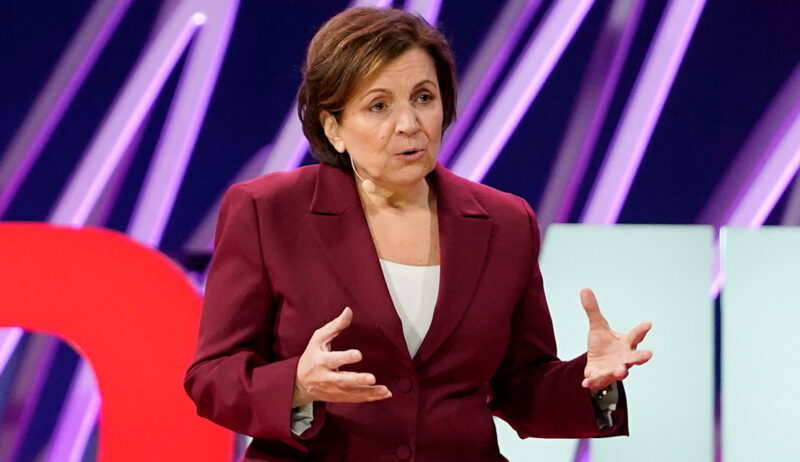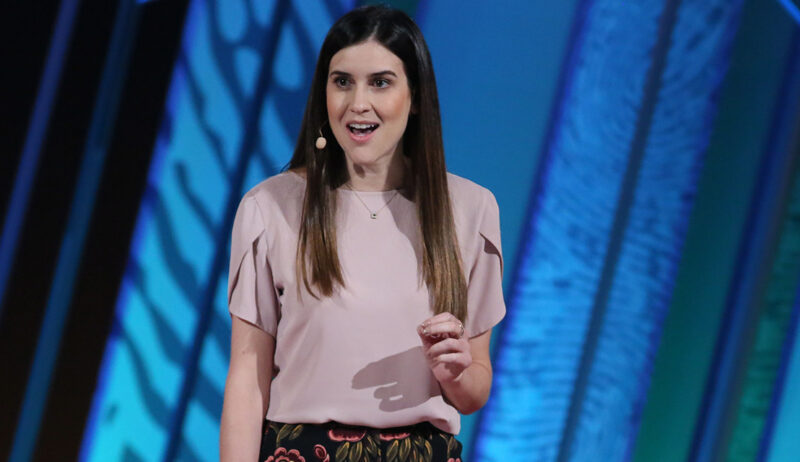About this talk
In the 1980s, Sandy Hassink was working in a pediatric clinic when more and more young people with obesity started coming to her for help. At the time, what is now known as the childhood obesity epidemic didn’t have a name, and childhood obesity wasn’t on the radar of pediatric training programs. Sandy tried to implement the “eat less, exercise more” approach with her young patients, but it wasn’t working, and she didn’t know why.
Without any established tools or protocols in place to help these kids, Dr. Hassink found herself taking a step back from her role as the “expert” and instead relying on her patients and their families for deeper insight into the complex issues surrounding their food intake and exercise behaviors. She began to see with overwhelming clarity that the community and environmental factors affecting a child’s diet and physical activity—from the amount of fresh food that was available to them to the opportunities they had for safe play outside—were key influencers in the childhood obesity epidemic. Check out Sandy’s 2017 TEDMED talk to learn more about her findings and why she believes “all the willpower in the world couldn’t overcome an obesity-causing environment.
About Sandy Hassink
See more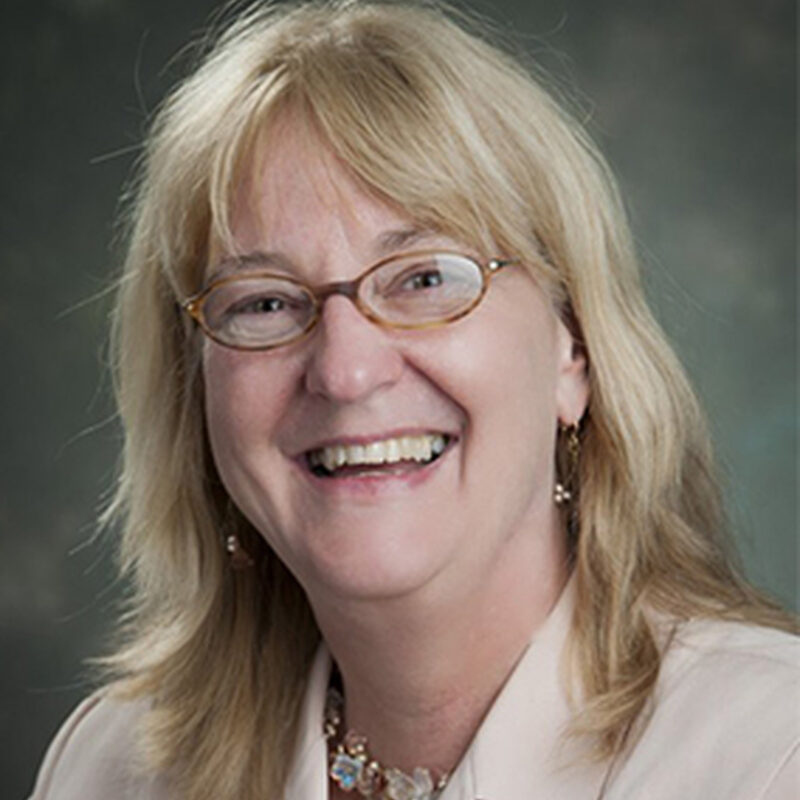
About Sandy
Sandy Hassink is a respected pediatrician and a long-time champion for children’s health. For over 30 years, she has worked to combat childhood obesity and the social stigma that comes with it. In the 1980s, after noticing a rise in overweight patients, Sandy developed a new approach to treatment. She created a team of doctors, nutritionists, and other experts to provide a holistic treatment plan. This model for comprehensive care caught on and is now used in hospitals across the United States. Sandy is a former president of the American Academy of Pediatrics (AAP), where she advocated for policies that would support good nutrition in schools and communities. She is also the author of the award-winning book, A Parent’s Guide to Childhood Obesity. Though now a retired physician, she continues to serve as the Medical Director for the AAP’s Institute for Healthy Childhood Weight. Her work has transformed the medical community’s approach to childhood obesity, moving the conversation from blame to compassionate care and prevention.

